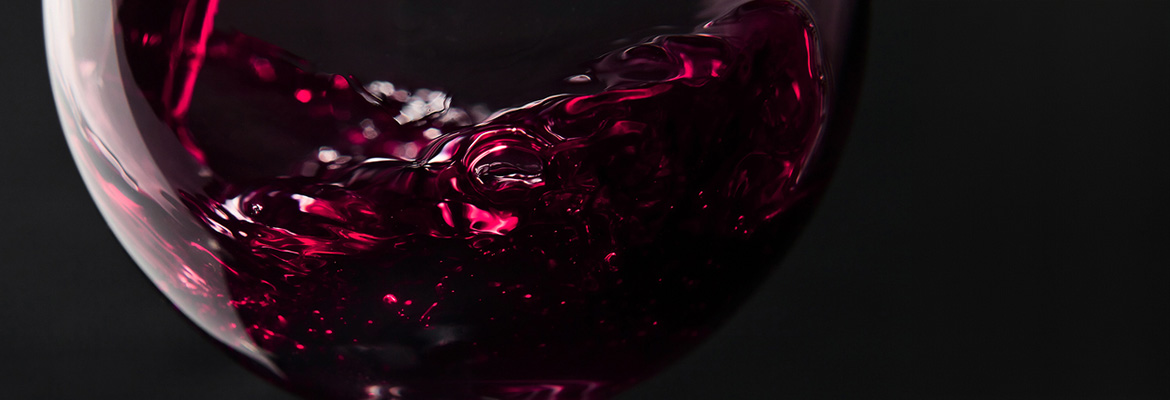Wine Tips- Tannins

Wine Tips- Tannins
Dec 1, 2
By
WineWorld
Much Ado About Tannins
You’ve read the descriptions that often talk about the tannic properties of wine, whether they are high or low or make a wine soft or complex. But can you put your finger on what a tannin is exactly, and if they are good or bad?
Read on to find out what tannins and antioxidants have in common, why you might pucker up after sipping red wine, and how to become a tannin expert at home.
What Are Tannins?
Tannins come from the skins, stems and seeds of grapes used to make the wine you’re drinking. They are polyphenols – phytochemicals that have immense health benefits and protect plants from natural pests. Wine that has been stored in oak barrels may also absorb tannins from the wood during the ageing process, which bring out vanilla flavours.
Tannins aren’t just in wine, they’re also found in tea, walnuts, dark chocolate, cinnamon and clove. The antioxidant rewards you reap from snacking on blueberries is one great example of how plant-polyphenols work to keep you healthy.
So drink a glass of high-tannin wine a day – it might just keep the doctor away!
Pucker Up
Now you know where tannins come from, how would you describe their taste? They affect a wine’s dryness, bitterness and astringency. Basically, tannins give you a dry mouth feel that causes you to “pucker” your cheeks. Young red wines that haven’t aged yet usually result in this sensation.
Now, this doesn’t mean that tannins are simply a bi-product of youthful exuberance that fades with age! Tannins are important to a wine’s structure, body and complexity. If you have a young red and want to soften the tannins, simply aerate it in your decanter before drinking. This breath of air softens the tannins and makes it more immediately drinkable.
Try this tannin taste test at home: If you want to directly identify what a tannin tastes like, brew a strong cup of black tea. Don’t sweeten it, but take a sip. That’s what tannins taste like and that’s the taste you’re looking for when wine tasting.
Do Whites And Rosés Have Tannins Too?
Since tannins come from the polyphenols in grape skins, technically all wines are tannic in some way. However, unlike red wines, whites are not usually fermented with their skins, therefore they don’t maintain high tannin levels or taste.
Red wines, on the other hand, remain in contact with the grape skins while fermenting, which is why these wines tend to have higher tannin content and taste.
Rosé wines, as you may guess, have higher tannin content than whites, but less than reds. Did you know that the longer the grape skins are left in the wine during fermentation, the darker the rosé will be?
Ease In With Low-Tannin Reds
Love the full body but still getting used to the astringency? These low-tannin wines are a good starting point to savour: Merlot, Pinot Noir and Tempranillo.
We Recommend These High-Tannin Reds
Wines high in tannins tend to also be full-bodied, and age well in the bottle. Bordeaux reds, Cabernet Sauvignon, Tuscan wines and Sangiovese grapes and Shiraz or Syrah wines tend to be high-tannin wines.


